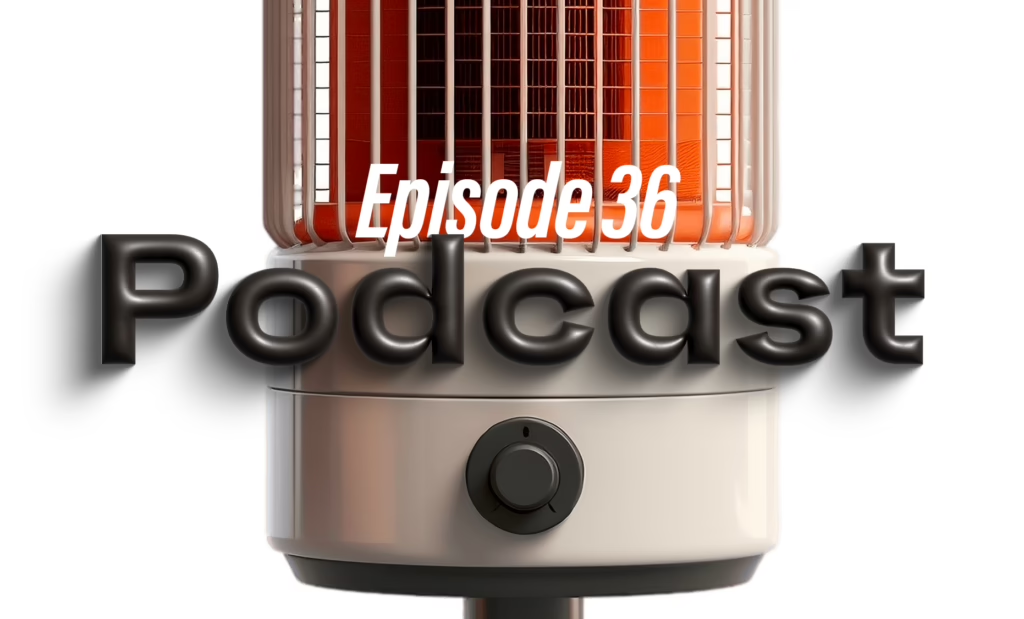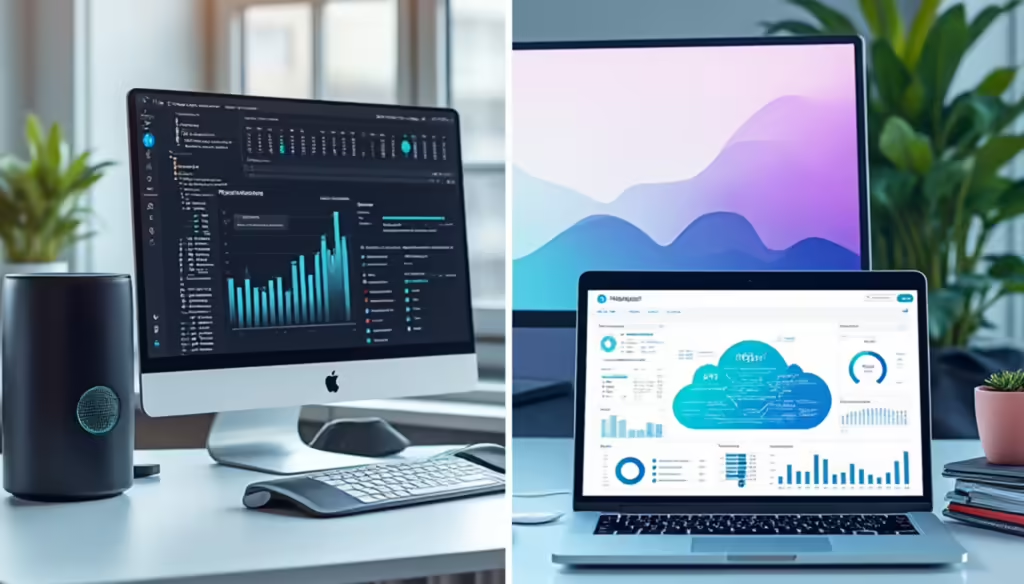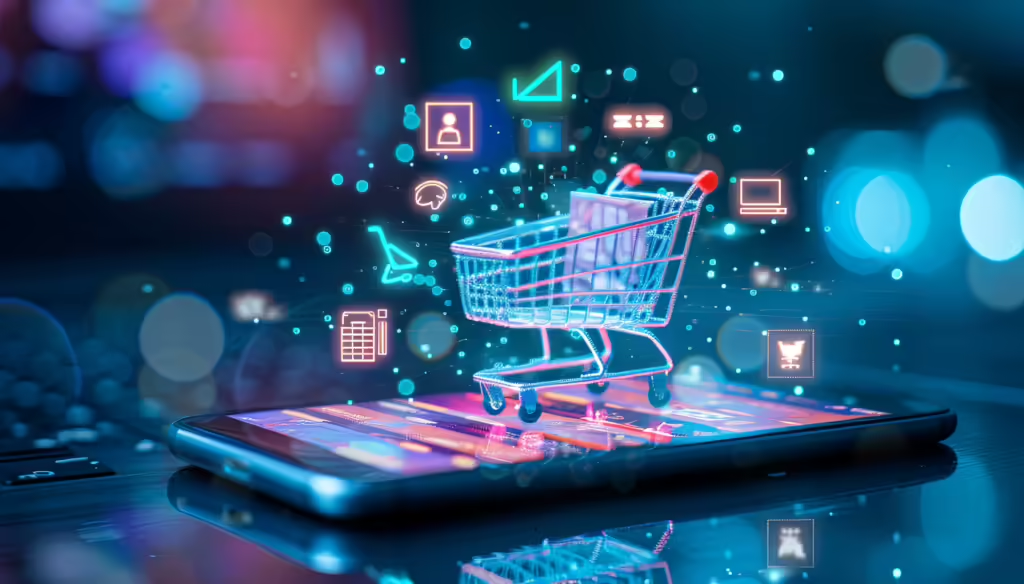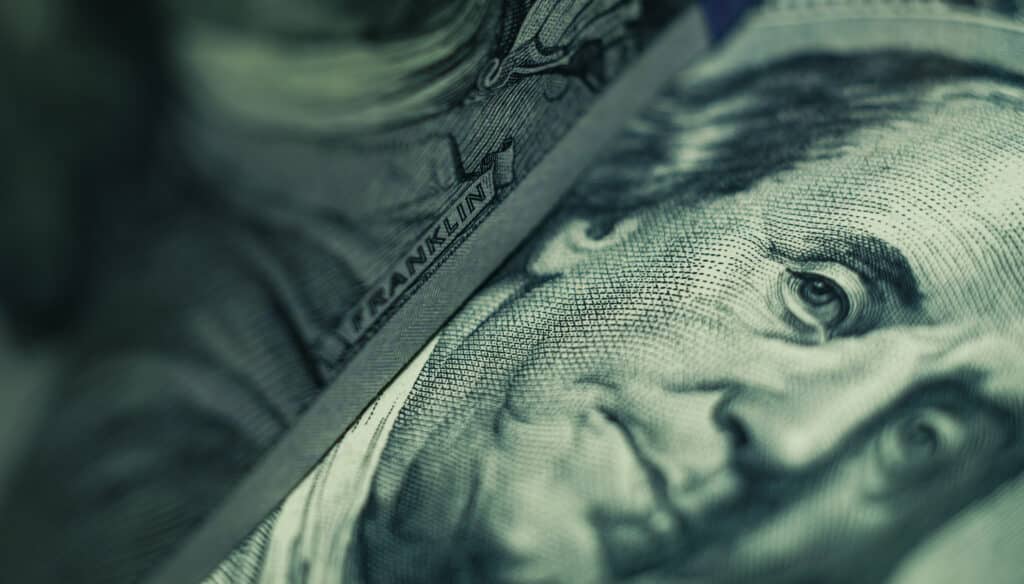With Laurier Mandin and Daniel Sande
Every physical product brand owner considers manufacturing offshore at some point, weighing the benefits against risks — which are myriad but can be mitigated if you know what you’re doing. Learning through trial and error is costly and insanely stressful. That’s where people like Daniel Sande come in.
Daniel is a manufacturing sourcing consultant. He found success in people, and uses technology to communicate with manufacturers, plus he’s establishing a networks of people in China who can put eyes and hands on products as they come off the line to verify everything is according to spec, including packaging, shipping, labelling and customs.
Daniel Sande is Managing Director of HotShot Sourcing, a consultancy that helps product brands source bulk orders, packaging, and custom-branded materials.





